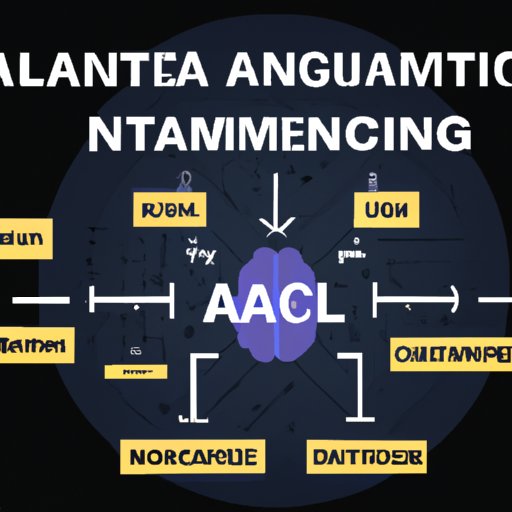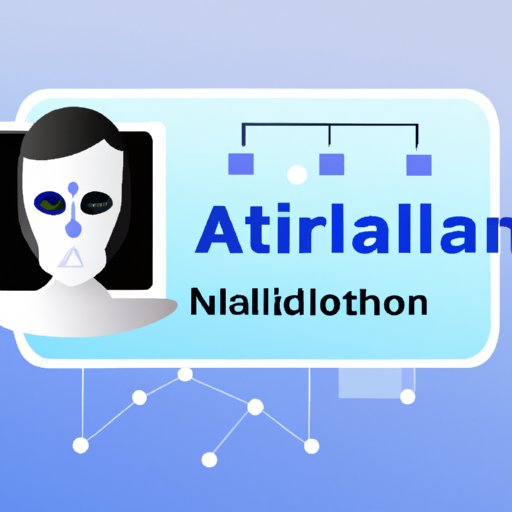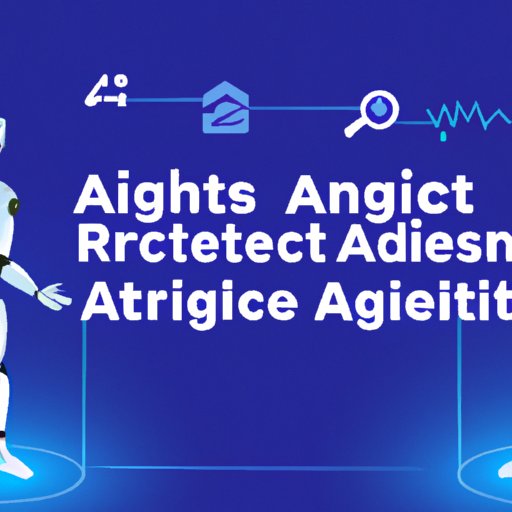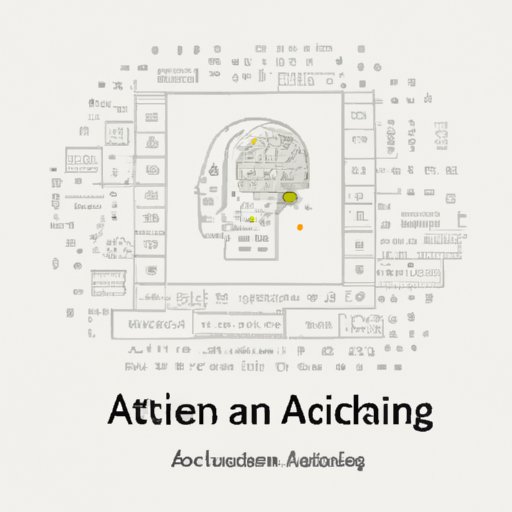Introduction
Artificial Intelligence (AI) is transforming many aspects of our lives, from healthcare to transportation. AI has become increasingly important as businesses strive to use data to improve their decision-making processes. But what exactly is AI programming? And how can you get started? This article will provide an overview of AI programming, including the types of programming languages used, common syntax and structures, advanced techniques, and best practices for ethical use.

Understanding the Basics of AI Programming
AI programming is the process of creating computer programs that can think and act like humans. AI programming involves writing code that enables machines to interact with data and make decisions based on that data. It requires a deep understanding of computer science, mathematics, and statistics.
AI programming languages include Python, Java, C++, and Prolog. Each language has its own set of features and benefits, so it’s important to choose the right language for your project. The most popular language for AI programming is Python, which is known for its readability and ease of use.
When programming AI, it’s important to understand the basic syntax and structure of the language you’re using. This includes understanding variables, functions, classes, and control statements. It also involves being familiar with different data types and data structures, such as lists, tuples, and dictionaries. Understanding these fundamentals will help you write efficient and effective code.
Exploring Advanced AI Programming Techniques
Once you’ve mastered the basics of AI programming, you can start exploring more advanced techniques. Machine learning is one of the most popular advanced AI programming techniques. Machine learning involves writing code that enables machines to learn from data and make predictions about future data. It’s often used for tasks such as predicting customer behavior or recognizing images.
Natural language processing (NLP) is another advanced AI programming technique. NLP involves writing code that enables machines to understand human language and respond accordingly. It’s often used for tasks such as speech recognition or text analysis. Image recognition is another popular AI programming technique. Image recognition involves writing code that enables machines to recognize objects in images.
Examining Common AI Algorithms
In addition to the techniques mentioned above, there are several common AI algorithms that are used in AI programming. Supervised learning is one of the most popular algorithms. Supervised learning involves training a model on labeled data and then using the model to make predictions on new data. Unsupervised learning is another popular algorithm. Unsupervised learning involves clustering data points into groups without any labels.
Reinforcement learning is another common AI algorithm. Reinforcement learning involves training a model to take certain actions in response to input data in order to maximize a reward. It’s often used for tasks such as playing games or controlling robots.

Using AI Programming Libraries and Frameworks
In addition to understanding AI algorithms, it’s important to be familiar with AI programming libraries and frameworks. Popular AI libraries include TensorFlow, Scikit-learn, and Keras. These libraries provide pre-built code that can be used to quickly develop AI applications. Popular AI frameworks include PyTorch and Apache MXNet. These frameworks provide high-level abstractions for developing AI applications.

Understanding AI Ethics and Best Practices
It’s important to understand the ethical implications of AI programming. Responsible use of AI requires understanding the potential risks and taking steps to minimize them. This includes being aware of biases in data and algorithms, understanding the privacy implications of data collection, and considering the impact of AI on society.
It’s also important to follow best practices when programming AI. This includes documenting code, refactoring code regularly, testing code thoroughly, and avoiding overfitting. Following these best practices will help ensure that AI applications are developed responsibly and ethically.
Conclusion
AI programming is an important skill for anyone interested in building intelligent applications. This article provided an overview of AI programming, including the types of programming languages used, common syntax and structures, advanced techniques, and best practices for ethical use. By understanding these topics, you’ll be able to create powerful AI applications that are both responsible and ethical.
(Note: Is this article not meeting your expectations? Do you have knowledge or insights to share? Unlock new opportunities and expand your reach by joining our authors team. Click Registration to join us and share your expertise with our readers.)
